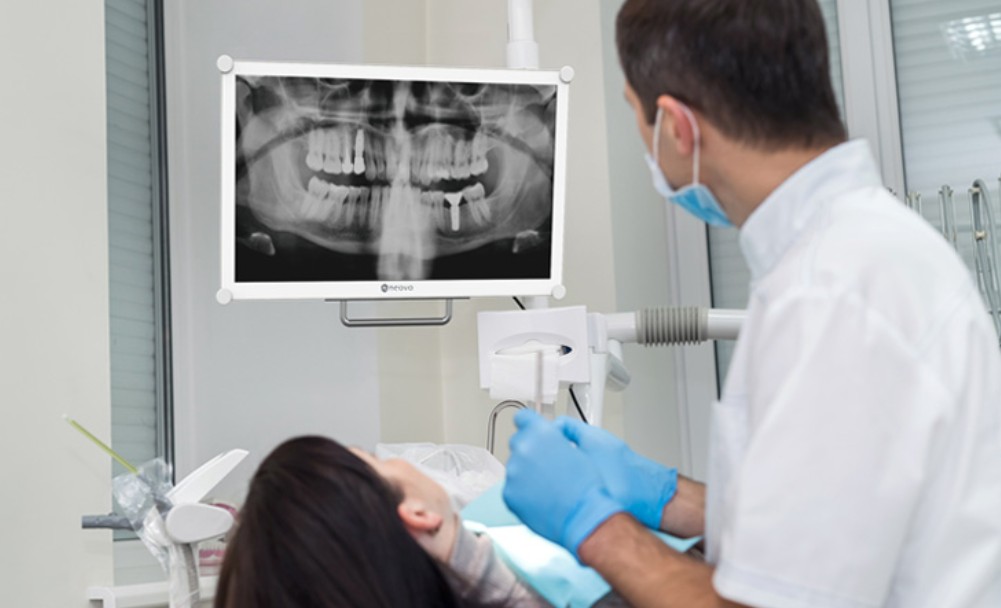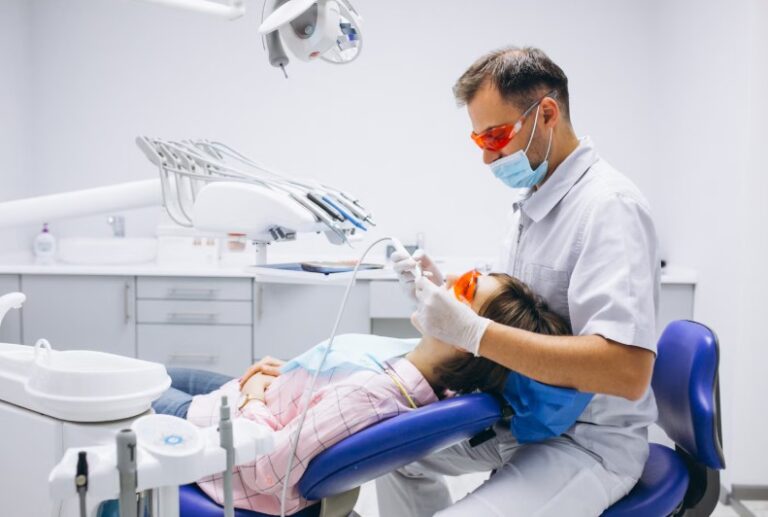
Dentists keep a close eye on changes in your mouth’s tissue color and texture to protect your health. They are not just looking for cavities. They look for changes that could signal underlying issues. By noticing shifts early, dentists can offer better care. This proactive approach minimizes risks and improves outcomes. Changes in oral tissue can indicate infections or even conditions like diabetes. Your dentist becomes your first line of defense. When you visit your dentist, they use their skills and knowledge to keep you safe. Especially in practices like Fresno holistic dentistry, this approach is key. They focus on your overall well-being, not just your teeth. Remember, your dentist is there to support your entire health journey. These changes may seem minor, but they can be significant. Understanding this can encourage better oral health habits, leading to a healthier life.
Why Color and Texture Matter
Changes in the mouth’s soft tissue can reveal a lot about your health. Healthy gums and oral tissues are usually pink and firm. When changes occur, it may signal health problems. Redness, swelling, or white patches can indicate infections. Sometimes, these changes point to more serious conditions, like oral cancer. By detecting these changes early, your dentist can recommend appropriate treatments and interventions.
Common Changes Dentists Monitor
Here are some common changes that dentists look for in oral tissues:
- Color changes: Red, white, or dark patches.
- Texture changes: Thickening, roughness, or swelling.
- Bleeding: Unusual bleeding when brushing or flossing.
- Sores: Persistent sores that do not heal.
Potential Health Indications
Each of these changes can indicate a variety of health issues:
| Change | Possible Indication |
|---|---|
| Red patches | Inflammation or infection |
| White patches | Fungal infection or leukoplakia |
| Bleeding | Gum disease |
| Persistent sores | Risk of oral cancer |
Role of Routine Check-Ups
Routine dental check-ups play a crucial role in early detection. Dentists perform thorough examinations to spot these changes. Regular visits ensure that any issues are identified and addressed promptly. According to the Centers for Disease Control and Prevention (CDC), regular dental visits are a key part of maintaining good oral health.
Benefits of Early Detection
Early detection can prevent more serious health issues. Addressing problems early can save you from invasive procedures later. It also ensures that any necessary treatment is more effective. For example, treating gum disease early can prevent tooth loss. Detecting oral cancer early increases the chances of successful treatment.
Also Read: Why Preventive Dentistry Helps Lower The Risk Of Expensive Treatments
Steps You Can Take
Here are steps you can take to support your oral health:
- Brush and floss regularly.
- Maintain a healthy diet.
- Avoid tobacco products.
- Schedule regular dental check-ups.
Trusting Your Dentist
Your dentist is a partner in your health. Trust their expertise and advice. They work to ensure that you receive the best care possible. By monitoring changes in your oral tissues, they help you maintain your overall health. For more information on maintaining oral health, you can visit MouthHealthy, a resource by the American Dental Association.
By understanding the importance of monitoring changes in oral tissue, you can take an active role in your health. This not only safeguards your oral health but also contributes to your overall well-being. Regular dental visits and good oral hygiene practices are essential steps in this process.






